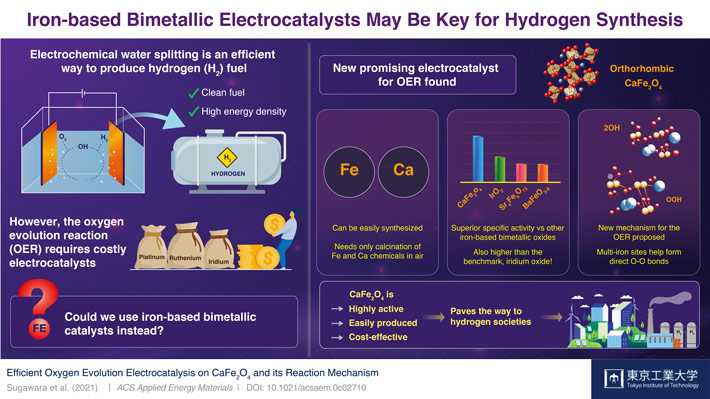
A new energy-efficient way to produce hydrogen gas from ethanol and water has the potential to make clean hydrogen fuel a more viable alternative for gasoline to power cars.
Washington State University researchers used the ethanol and water mixture and a small amount of electricity in a novel conversion system to produce pure compressed hydrogen. The innovation means that hydrogen could be made on-site at fueling stations, so only the ethanol solution would have to be transported. It is a major step in eliminating the need to transport high-pressure hydrogen gas, which has been a major stumbling block for its use as a clean energy fuel.
“This is a new wa...
Read More









Recent Comments